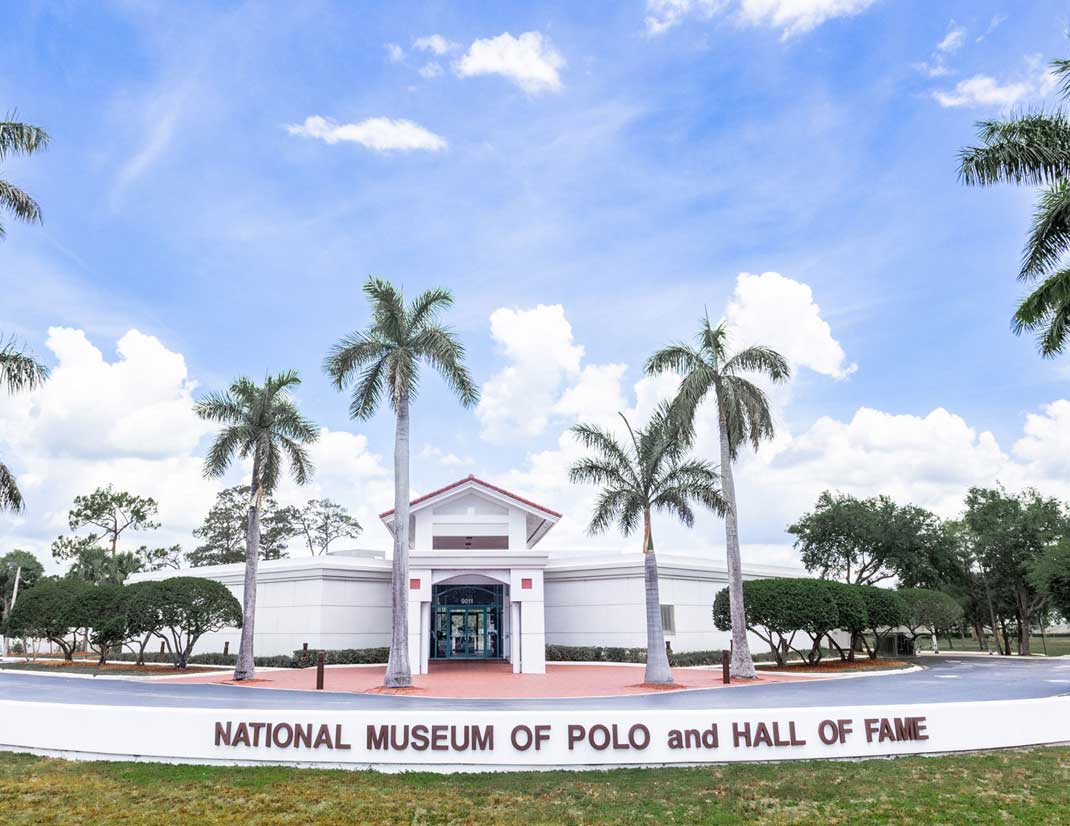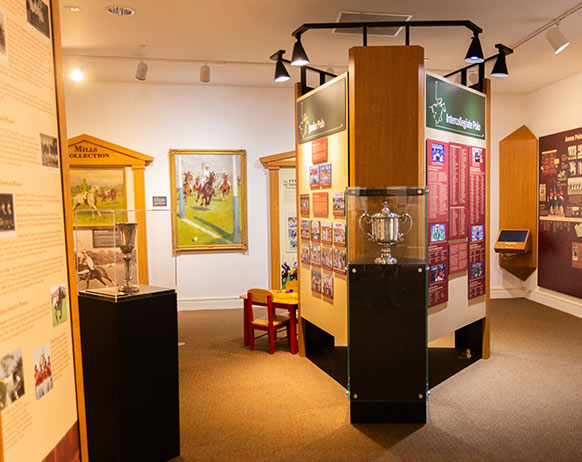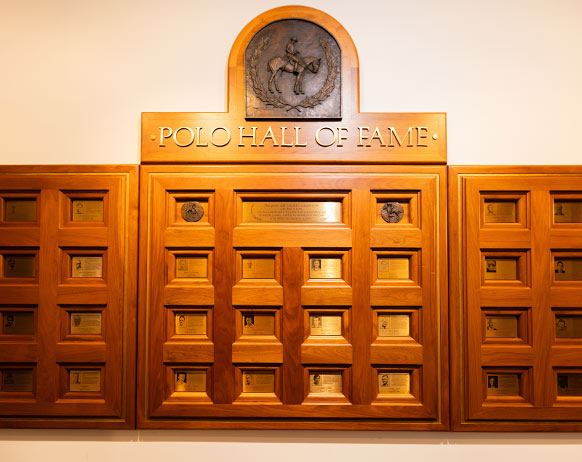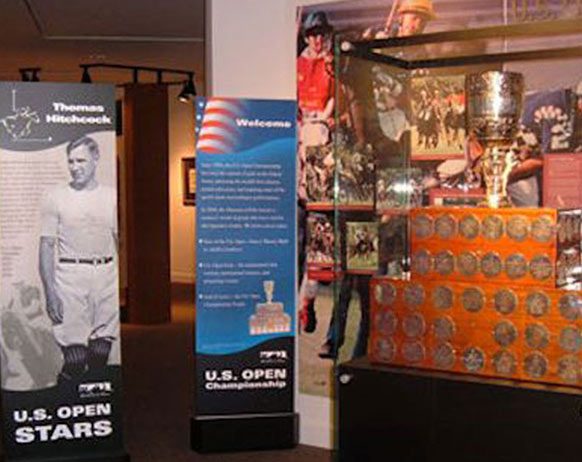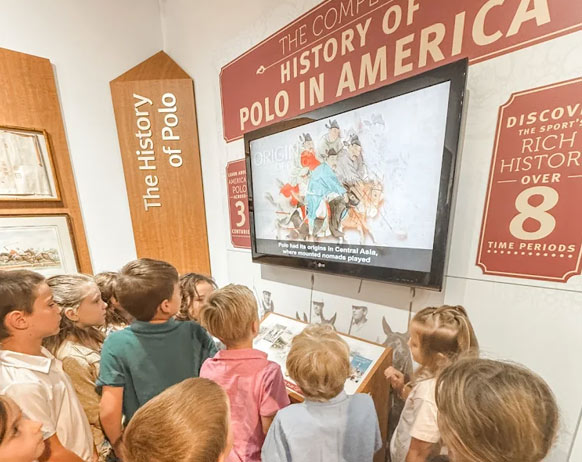Museum of Polo and Hall of Fame
History of Polo
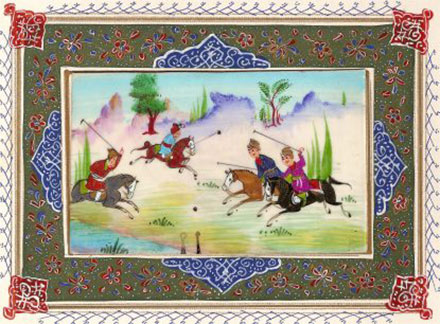
The Origins of the Sport.
Polo traces its origins to the mounted nomads of Central Asia, who played an early form of the game that was as much a test of horsemanship and combat readiness as it was a sport. These sprawling matches, sometimes involving up to 100 riders per side, served as both recreation and military training—an elegant choreography of warriors on horseback.
As these nomadic tribes migrated, they carried the game with them into Persia (modern-day Iran) between 600 B.C. and 100 A.D., where polo evolved from a tribal pastime into a regal pursuit. Embraced by Persian nobility and elite cavalry units, the sport was elevated to a symbol of prestige and martial excellence. It became the national sport of Persia, flourishing in royal courts and military academies alike.
From there, polo’s influence radiated outward—westward to the Byzantine Empire in Constantinople, eastward to the courts of Tibet, China, and Japan, and southward into the Indian subcontinent—each culture adapting and venerating the game in its own way. Over the centuries, polo came to be seen not merely as a sport, but as a noble tradition that echoed the valor, discipline, and grace of its ancient riders.
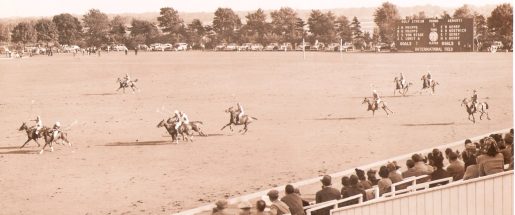
The Modern Game
Modern polo traces its roots to Manipur, a northeastern state of India, where the game had long been played by locals. In 1859, inspired by a match he witnessed, Lieutenant Joe Sherer famously declared, “We must learn the game!”—prompting the founding of the Silchar Polo Club by British military officers and tea planters. From there, polo quickly spread wherever its enthusiastic advocates traveled: to Malta in 1868, England in 1869, Ireland in 1870, Argentina in 1872, and Australia in 1874.
The sport made its way to the United States thanks to James Gordon Bennett, publisher of the New York Herald. After witnessing a match in England, he returned to New York in early 1876, bringing with him mallets, balls, and a copy of the Hurlingham rules. The first American polo match was played indoors at a city riding academy, but by spring, the action moved outdoors to a field in Westchester County. That summer, the game arrived in Newport, Rhode Island—marking the beginning of polo’s rapid rise across North America.
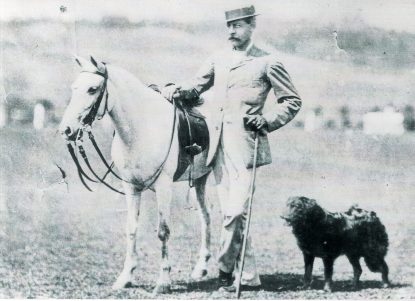
The Evolution of the Horses.
From its somewhat unstructured early days—where large groups of riders on small ponies trotted across open fields—polo gradually transformed into a more organized and skillful sport. As mallet technique progressed from gentle dribbling beside the pony’s neck to powerful, full-speed swings, the advantage of being well-mounted became unmistakable. The small, hunter-type ponies once favored gave way to larger, faster horses, including agile thoroughbreds and thoroughbred crosses.
For a time, the Hurlingham Club—the governing authority in England—attempted to regulate pony height, initially limiting it to 14 hands, then raising the cap to 14.2 hands in 1895. The restriction was ultimately lifted in 1919, allowing the sport to evolve alongside advances in breeding. Today, most polo ponies stand around 15.1 hands, though it’s not uncommon to see horses over 16 hands. In the United States, breeders often cross thoroughbreds with quarter horses to combine speed with maneuverability, while in Argentina, thoroughbreds are bred with the hardy native Criollo. The ideal polo pony blends speed, stamina, and agility—responsive to subtle cues, composed under pressure, and so in tune with the game that they often seem to anticipate their rider’s intent.
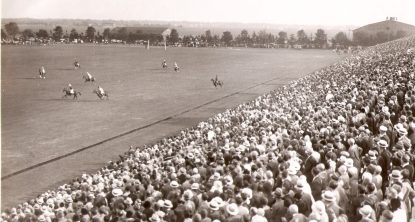
The Evolution of the Clubs.
Over the years, polo in the United States has evolved from an elite society pastime into a vibrant and inclusive sport, attracting a diverse community of enthusiasts—men and women alike—as well as a growing number of professional players.
The sport’s roots in America trace back to 1876 with the founding of the Westchester Polo Club, the nation’s first. By 1890, seven clubs had been established, prompting the creation of the Polo Association—now known as the United States Polo Association (USPA)—to standardize rules and foster the sport’s growth. Within just a year, the number of clubs nearly doubled to 12, and by the turn of the century, 23 clubs were active across the country.
During the early 20th century, the Meadow Brook Club in Westbury, New York, emerged as the epicenter of American polo’s Golden Age, hosting legendary matches and drawing international attention.
Although World War II brought a decline in both players and clubs, the sport experienced a steady revival during the 1950s and ’60s. Today, polo continues to thrive across the country, with over 275 USPA-affiliated clubs and more than 4,500 registered players.
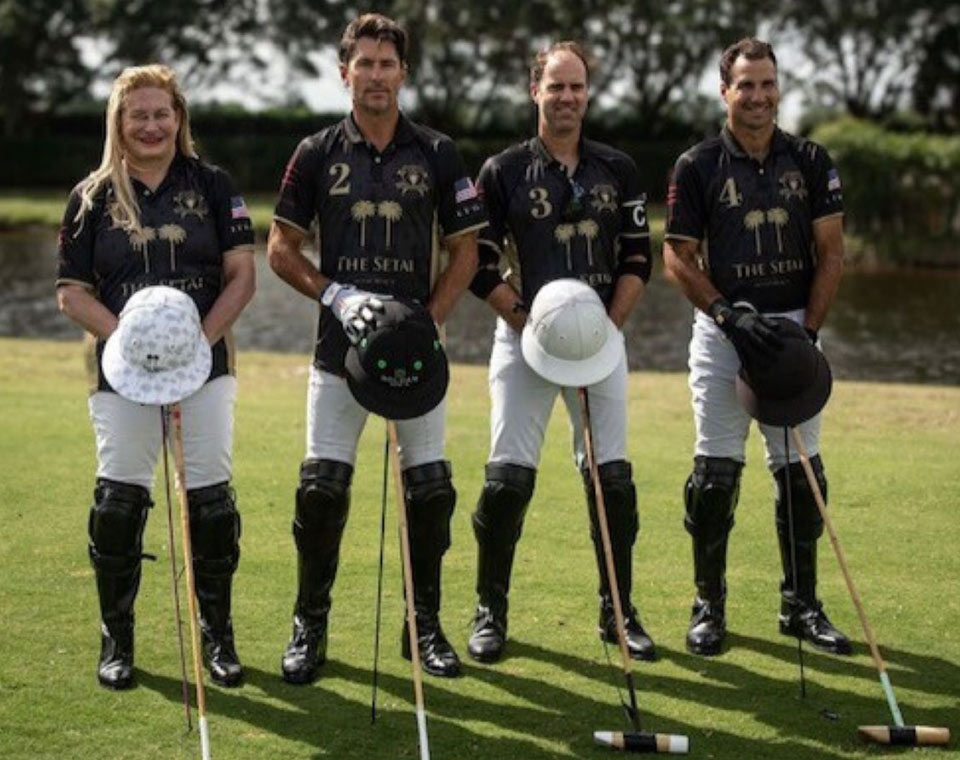
Sponsors and Professionals
Like many other sports, sponsorship plays a vital role in driving the growth and development of polo. However, in polo, the relationship between sponsors and professional players is especially unique and deeply intertwined. From its early days as a club pastime to its evolution into a professional sport, polo has relied on the support of sponsors, commonly known within the sport as “patrons,” who serve as the foundation of the game.
Patrons are responsible for assembling and maintaining strings of horses, hiring professional players from both the United States and abroad, and managing the logistics required to compete in tournaments. What makes polo distinctive is that the team owner is also a player, competing alongside the professionals they have hired. From low-goal to high-goal polo, sponsors and professionals work closely together, overseeing horse management, purchasing equipment, and making strategic decisions that shape the success and future of their teams. This collaborative model is essential to the continued vitality and prestige of the sport.
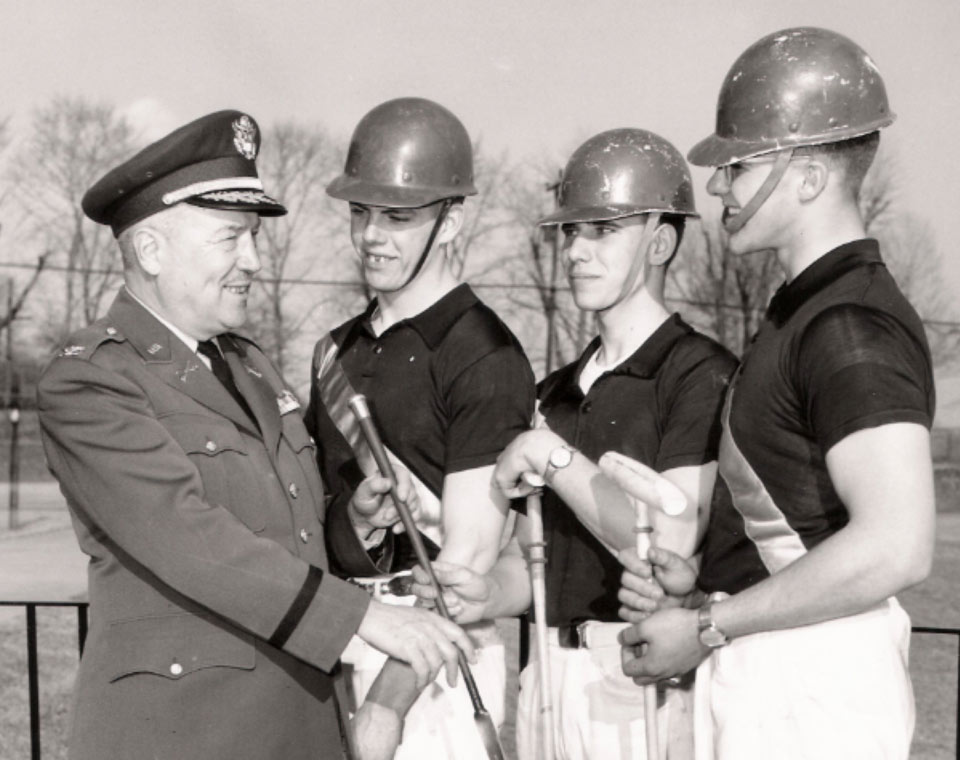
Polo and the Military
For many years, the U.S. Army played a vital role in supporting and promoting polo, beginning in 1896 at Fort Riley, Kansas. More than just a sport, polo was valued for its ability to sharpen cavalrymen’s riding skills while instilling leadership, teamwork, and strategic thinking. The U.S. Military Academy at West Point adopted the game in 1901, and by 1914, polo was played at 17 Army posts across the country. In 1928, the U.S. Army team reached the finals of the prestigious U.S. Open, and Army polo flourished not only throughout the United States, but also at overseas installations in the Philippines, Hawaii, and Panama.
Although the advent of mechanization and the demands of World War II brought an end to the Army’s reliance on horses, polo remained a beloved tradition among service members. Today, the sport continues to thrive within the military community, with inter-service competitions held across the country and international military matches fostering camaraderie and sportsmanship around the world.
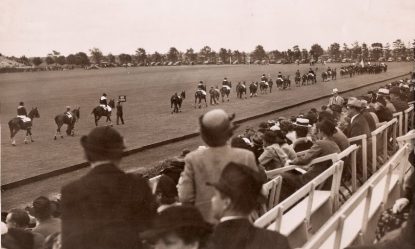
International Polo.
Polo has been an international sport for well over a millennium—dating back to at least 821 A.D., when Chinese ambassadors played a match against a team fielded by the Japanese Emperor’s court.
In the United States, international polo began in August 1886 in Newport, Rhode Island. The Westchester Polo Club issued a challenge to the British and offered a silver trophy—now known as the Westchester Cup. Despite valiant efforts, the American team suffered two decisive defeats, and the Cup sailed back to England. It remains there today, following the British victory in the most recent contest in 2013.
One of the most iconic rivalries in polo history, the Cup of the Americas (Copa de las Américas), debuted in 1928 at the famed Meadow Brook Club before a crowd of 100,000 spectators. The U.S. triumphed in that inaugural series—and again in 1932—but since then, Argentina has dominated the competition.
Another major rivalry, the Camacho Cup—pitting the U.S. against Mexico—was established in 1941 when Mexico’s polo-playing president, General Manuel Ávila Camacho, donated the trophy. The United States won the first five editions, but in 1976 Mexico turned the tide and has won every meeting since, most recently in 2009.
Today, polo is truly a global sport, played in more than 80 countries. The Federation of International Polo, founded in 1982, continues to grow the game worldwide, organizing tournaments in the U.S., China, Chile, Canada, Azerbaijan, Germany, and beyond.
Visit the Polo Museum
The Museum of Polo and Hall of Fame is a non-profit educational organization in Lake Worth, Florida, dedicated to fostering an appreciation of the sport, its history, development, and traditions by acquiring, preserving, exhibiting, and interpreting collections, as well as honoring those who have made outstanding contributions to the sport.

